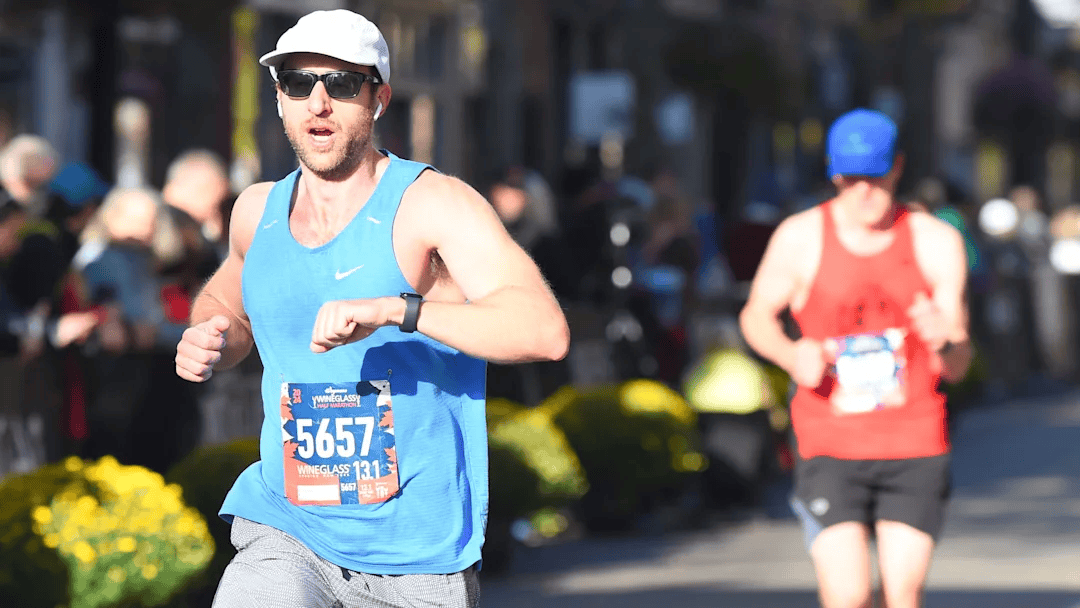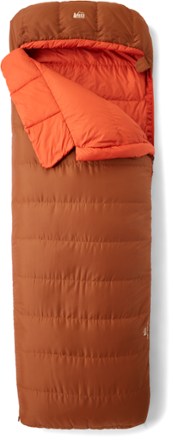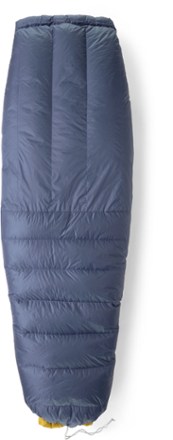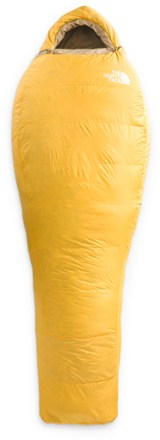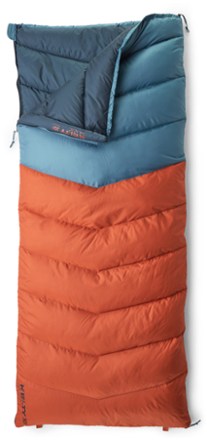Keep Hydrated
The human body is about 60% water, and even
light exercise can reduce that percentage, affecting how you feel and perform.
Proper hydration is essential whether you're walking, hiking, biking, skiing,
climbing, or running.
How Much to Drink
The amount of water you need depends on
factors like the activity, intensity, duration, weather, age, sweat rate, and
body type. A general guideline is to drink about half a liter of water per hour
of moderate activity in moderate temperatures. As conditions intensify (e.g.,
higher temperatures or strenuous activities), you may need more water—up to one
liter or more per hour during activities like hiking in heat. Over time, you’ll
learn to adjust your hydration needs.
How to Carry Water
How you carry your water depends on the activity. For hiking, backpacking, and mountain biking, a hydration reservoir pack is a great choice. If you prefer bottles, keep them easily accessible, like in the mesh pockets of backpacks. For trail running, consider a handheld bottle, hydration waistpack, or hydration vest to stay hydrated while on the move.
Hydration Tips
- Drink
Often:
Instead of drinking large amounts infrequently, take smaller sips
regularly to stay hydrated.
- Don't
Forget to Snack:
Sweating depletes electrolytes like sodium, potassium, calcium, and
magnesium. For activities lasting longer than an hour, snack on foods rich
in these electrolytes. Consider an electrolyte replacement drink for
extended high-intensity activities.
- Drink
More at Altitude:
Higher altitudes increase dehydration risks, even if you don't feel
thirsty. Drink frequently to stay hydrated.
- Drink
Even in Cold Weather:
Cold weather doesn’t mean you don’t need hydration. Drink water regularly,
and consider a hot drink to stay hydrated in winter.
- Pre-hydration: For high-exertion activities,
drink about 16 fl. oz. of water two hours before heading out to prepare
your body.
- Rehydrate: After exercise, replenish
fluids to aid recovery. Drink 16-24 fl. oz. of water for every pound lost
during physical activity.
- Plan
Your Route:
Minimize weight by planning routes near water sources, like fountains or
your car for refills and snacks.
- In
Remote Areas:
Carry enough water for the entire outing or bring a water treatment option
to refill from streams or lakes.
- Wear
Sun Protection:
Sunburns increase dehydration, so apply sunscreen or wear protective
clothing before heading out.
- Set a
Timer: If you
forget to hydrate, set a timer to remind you every 20 minutes to take a
sip.
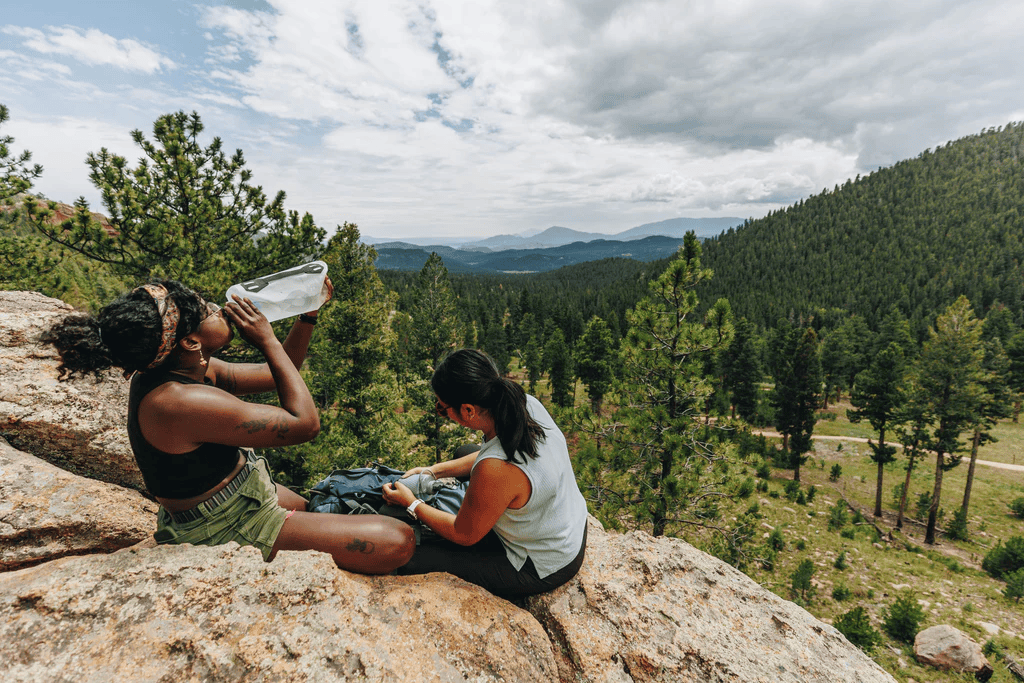
Preventing Dehydration
Dehydration happens when the loss of fluids
through sweating exceeds fluid intake, and it can negatively affect your
health. Here are some signs to watch out for:
Early Signs of
Dehydration:
- Dry
mouth
- Decreased
energy or athletic performance
More Serious Symptoms:
- Cramps
- Headaches
- Nausea
- The
"umbles" (stumbling, mumbling, grumbling, fumbling)
- Dark or
brightly colored urine with less volume (Note: Certain foods and drinks,
like those containing B12 vitamins, can cause urine to appear bright
yellow, so this isn't always a reliable indicator.)
The solution to dehydration is simple: drink
water. Start hydrating as soon as you feel thirsty and aim to take frequent
sips instead of drinking large amounts when you’re very thirsty.
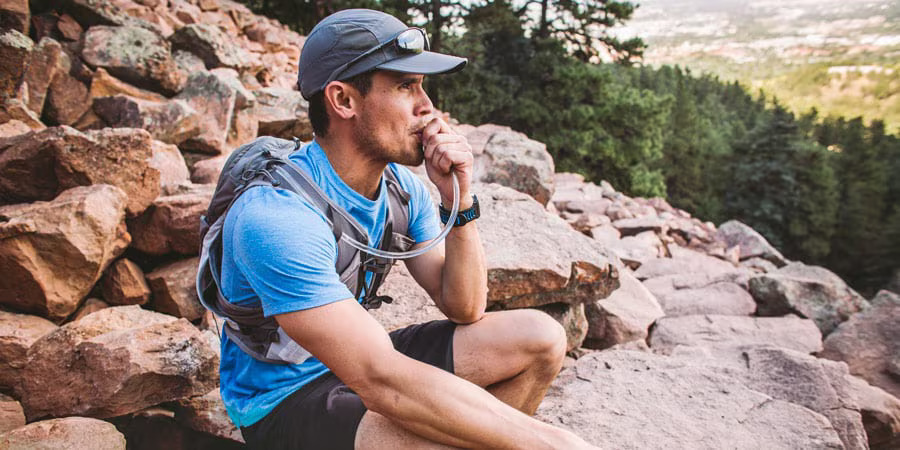
Preventing Overhydration
Overhydration, or hyponatremia, is rare but
can occur, especially in endurance athletes like marathon runners or
triathletes. In this condition, the sodium in your blood becomes overly
diluted, impairing cell function. In extreme cases, it can lead to coma or even
death.
Symptoms of
Hyponatremia:
- Fatigue
- Headache
- Nausea
- These
symptoms are similar to dehydration, which can lead some to drink more
water, worsening the condition.
How to Prevent
Overhydration:
- Don’t
Overdrink:
Stick to drinking about 10 fl. oz. every 20 minutes, and ensure you’re not
drinking more than you’re sweating.
- Maintain
Sodium Levels:
Balance your sodium intake by eating snacks with sodium or drinking sports
drinks containing sodium, especially during long or intense activities.

